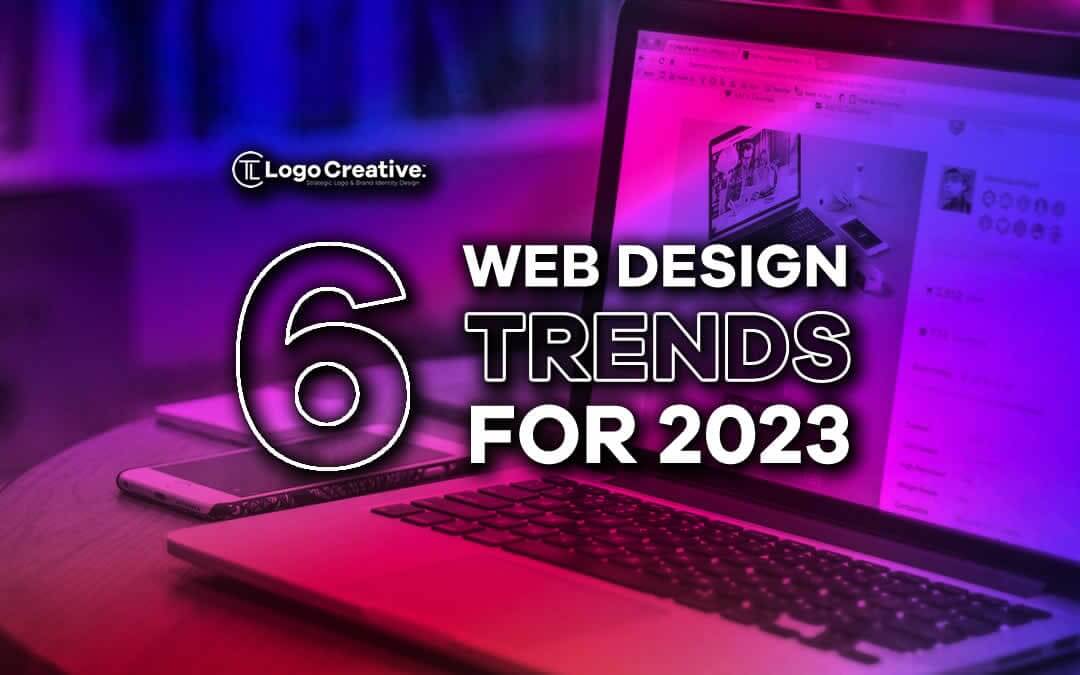Blitz News Digest
Stay updated with the latest trends and insights.
Web Design Trends That Are Redefining Creativity
Discover the latest web design trends that are revolutionizing creativity and captivating audiences—don’t miss out on the future of design!
The Rise of Minimalism: Why Less is More in Web Design
The rise of minimalism in web design has transformed how users interact with digital content. By stripping away unnecessary elements, designers focus on delivering a cleaner and more intuitive experience. This approach enhances usability, allowing visitors to navigate websites with ease. With minimal distractions, users are more likely to engage with essential features like calls to action, ultimately leading to higher conversion rates. As a result, brands that embrace minimalism can foster a more meaningful connection with their audience, emphasizing clarity over clutter.
In a world saturated with visual noise, less is more proves to be a powerful philosophy. Minimal web design prioritizes key elements, using ample white space to guide user attention effectively. This not only improves aesthetic appeal but also aids in content hierarchy, helping visitors find what they need quickly. As trends continue to show that users gravitate towards clean interfaces, the demand for minimalistic designs is likely to rise, making it a vital trend for web designers looking to stay relevant in the fast-evolving digital landscape.

How Dark Mode is Transforming User Experience in Web Design
How Dark Mode is transforming user experience in web design is a phenomenon that can't be ignored. As more websites and applications adopt this popular feature, users are finding themselves gravitating towards interfaces that are easier on the eyes, especially during nighttime usage. Dark mode not only shifts the aesthetic of a site but also enhances the overall usability and accessibility for a diverse array of users. Studies suggest that low-light environments can lead to eye strain, and the introduction of dark backgrounds significantly reduces this discomfort, leading to longer browsing sessions.
Moreover, dark mode has been shown to improve battery life on mobile devices, making it a practical choice for users who are mindful of their device's performance. With its growing popularity, web designers are now tasked with creating visually striking themes while ensuring that readability and visuals are maintained in both light and dark modes. This evolution emphasizes the need for adaptability in web design and reflects a broader trend toward personalization in user experience, where users prefer interfaces tailored to their preferences and environments.
What Are the Key Web Design Trends to Watch in 2023?
As we move further into 2023, web design trends continue to evolve, heavily influenced by advancements in technology and shifts in user behavior. One of the most prominent trends this year is the rise of minimalist design, characterized by clean lines, ample white space, and a focus on essential elements. This approach not only enhances user experience by making navigation intuitive but also improves loading speed, which is a critical factor for SEO. Additionally, embracing dark mode interfaces has gained traction, providing users with an alternative that is easier on the eyes in low-light conditions.
Another significant trend to watch in 2023 is the increasing use of interactive elements in web design. Websites are becoming more engaging through the incorporation of interactive features such as animations, micro-interactions, and dynamic content. These elements not only capture users' attention but also provide a more personalized browsing experience. Furthermore, with responsive design being a critical aspect of web design, optimizing for various devices—particularly mobile—will remain essential as mobile traffic continues to dominate the internet landscape.